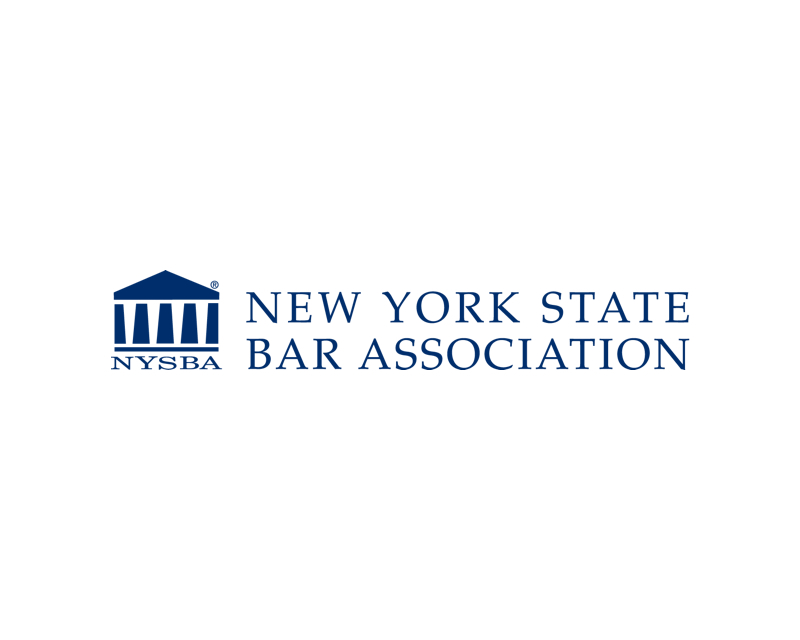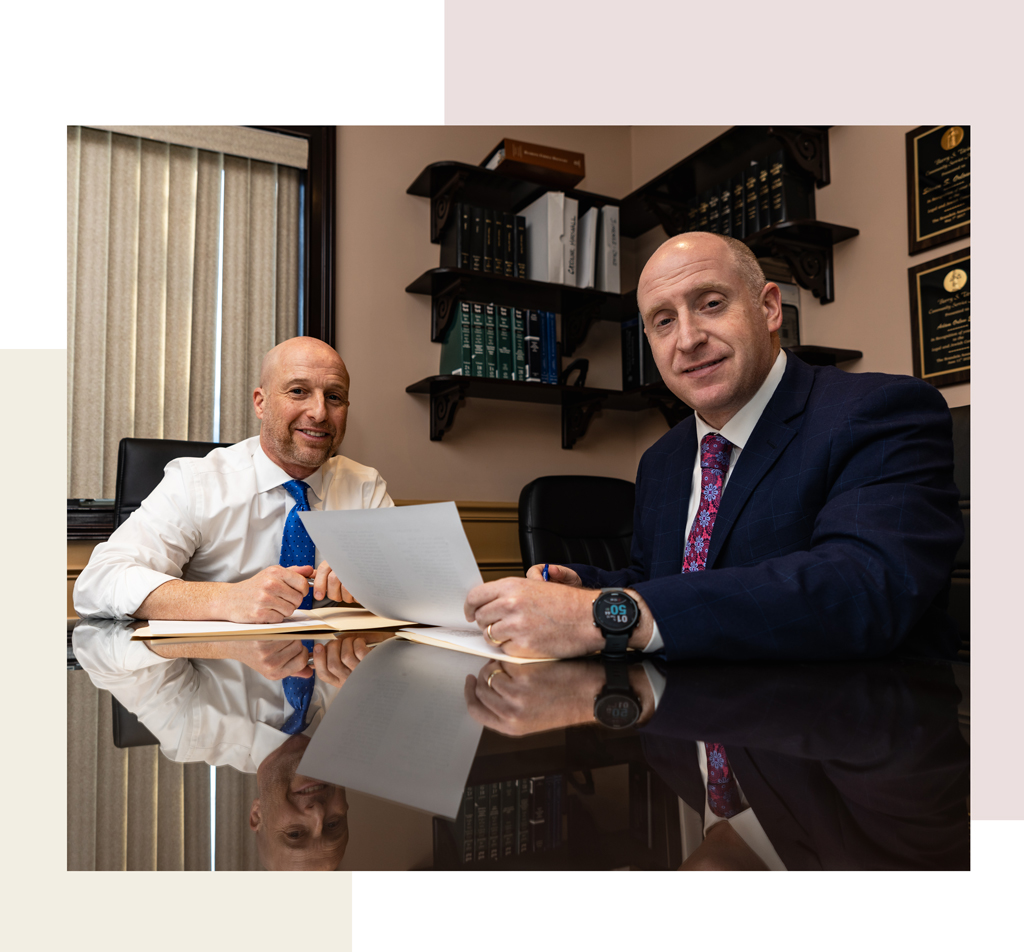Slip and fall liability can be difficult to establish. Below is a sampling of slip and fall cases in which plaintiffs have been both successful and unsuccessful in proving their claims. Bear in mind that the facts and circumstances of your own case may be very different. You should discuss your particular claim with a competent slip and fall lawyer.
Examples Of Damages
These two cases allege damages that you might not expect in a slip and fall claim:
- Plaintiff slipped and fell on a liquid substance on the floor of a supermarket. At trial, both plaintiff and his wife testified that plaintiff had become depressed and had experienced suicidal tendencies as a result of the debilitating pain allegedly attributable to his injuries. Several witnesses testified that plaintiff had undergone a gross personality change since the accident and a psychologists’ report linked plaintiff’s depression to his injuries. Further, plaintiff sought to establish that, due to his pain and injury, his physical activity had been reduced to such an extent that he gained excessive amounts of weight. As a result, he required a surgical procedure known as gastroplasty which involves a stapling of the stomach to induce weight loss. The jury found plaintiff and defendant each 50% liable and awarded damages of $70,000 to plaintiff and $9,000 to plaintiff’s wife. On appeal, the parties agreed to reduce the damages to $40,000 and $6,000 respectively.
- Plaintiff, a Virginia resident, slipped and fell in puddle caused by a leaky awning at the entrance to a gas station convenience store. She fell forward, lost consciousness, and later suffered seizures and post-concussion syndrome. Prior to the accident, plaintiff had been a highly successful businesswoman. Afterward, she found she could no longer do her job because she had lost the ability to multitask. A jury awarded plaintiff $12.2 million, the highest ever slip and fall verdict in that state’s history.
Issues of Proof
These cases show how tricky it can be to prove a slip and fall claim:
- Plaintiff was touring a State University of New York campus when she slipped and fell while walking on a sloping concrete walkway. She claimed that she did not see the icy condition of the walkway until her feet had gone out from under her and she had fallen backward. She alleged the defendant failed to properly maintain the area, creating a dangerous condition. Defendant claimed that, due to a previous snowfall, he had performed snow and ice removal and had put down calcium chloride, a melting agent. Defendant further claimed that prior to plaintiff’s fall, there had only been wetness on the pavement. After trial, plaintiff’s claim was dismissed. The judge determined that, although ice was the cause of claimant’s slip and fall, plaintiff had failed to prove the dimensions of the icy patch or the length of time the condition had existed prior to her fall. The judge further noted that a landowner’s failure to remove every patch of ice and snow from a walkway does not constitute negligence if he has received no complaints about the condition. Finally, although plaintiff’s fall was unfortunate, the measures taken by defendant to remove snow and ice were reasonable under the circumstances and were not required to be perfect.
- Plaintiff fell on a wet marble floor in the lobby of her place of work. In dismissing the claim, the court held that property owners are not required to provide a constant remedy when water is tracked into a building during rainy weather, nor do they continually have to mop up all water tracked in or even provide floor mats on wet days.
Examples Of Successful Claims
In the following cases, plaintiffs were successful in proving their slip and fall claims:
- A 53 year-old computer operator suffered an ankle fracture and other injuries requiring hospitalization when she slipped and fell during a lunch break while attending computer classes. The puddle was located on the patio of defendant’s premises. The plaintiff contended that the poor condition of the patio was the cause of the accident and her injuries. After trial, the parties settled the lawsuit for $125,000.
- Plaintiff was walking on the southbound IRT #2 train platform in the Bronx when she fell on a patch of ice, sustaining injury and medical expenses. The platform was owned and maintained by the New York City Transit Authority. Plaintiff alleged that defendant had been negligent in allowing a dangerous condition to exist by allowing ice to accumulate on the platform and failing to remove it. At trial, the jury unanimously found the defendant negligent and awarded plaintiff $150,000 for past pain and suffering and $500,000 for future pain and suffering.
- Plaintiff was a patron at defendant’s restaurant when, while walking to her table near the service area of the bar, she slipped and fell on a liquid substance. Plaintiff asserted the defendants were negligent in allowing the bar area contain a hazardous condition and in failing to post warning signs or take reasonable steps to correct the condition. Plaintiff sought damages for her injuries and medical expenses. Defendants argued that plaintiff had failed to establish their actual or constructive notice that the dangerous condition existed. Nevertheless, plaintiff was awarded damages for medical expenses and past and future suffering as well as for loss of enjoyment of life up to the date of the verdict in the total amount of $160,665.
- A 39 year-old nurse’s aide slipped and fell on ice that had accumulated in front of defendant city’s hospital. She suffered an ankle fracture that resulted in residual swelling, scarring and difficulty walking. Plaintiff argued that defendant had been negligent in clearing away the snow and had allowed it to melt and refreeze, creating a slip and fall hazard. Defendant claimed that it had properly cleared the snow and that plaintiff was negligent for failing to keep a proper lookout. Plaintiff was awarded $595,000 in damages.
Consulting with an experienced attorney can help you determine whether the facts in your slip and fall or other premises liability case are likely to result in a successful claim for damages.









